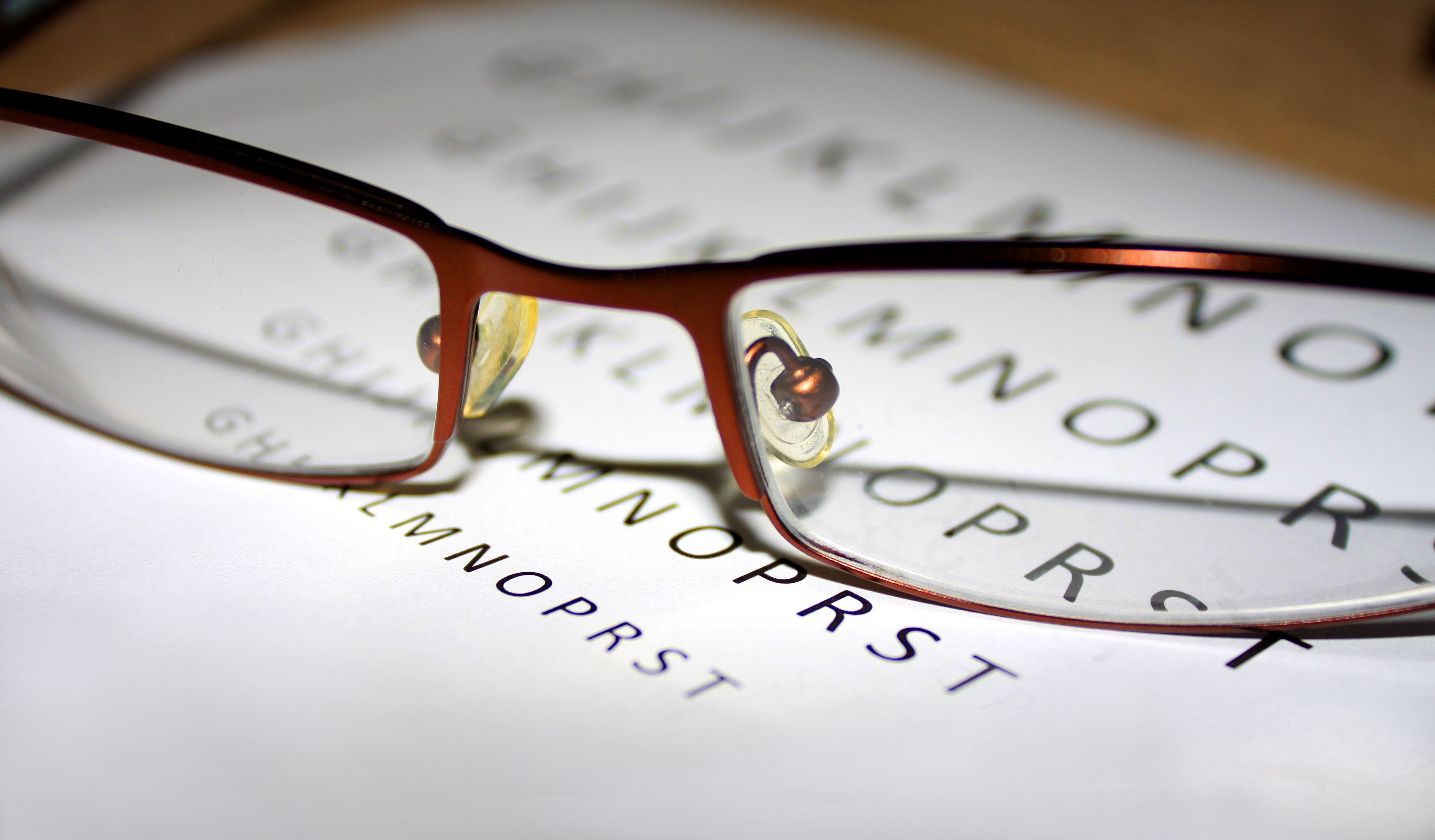Article
Intraocular Lenses Should Have Built-in Blue Light Protection, Study Argues
Author(s):
Researchers outline numerous benefits of outfitting recipients of cataract surgery with blue-light filtering artificial intraocular lenses (BLF IOLs), as opposed to non-BLF lenses, in a Clinical Ophthalmology study published in December.
Researchers outline numerous benefits of outfitting recipients of cataract surgery with blue-light filtering artificial intraocular lenses (BLF IOLs), as opposed to non-BLF lenses, in a Clinical Ophthalmology study published in December.
Replacing cataractous lenses post-surgery with IOLs that do not mimic healthy adult lenses can lead to negative visual effects, authors argue. By compiling data from numerous studies conducted on various IOLs, researchers conclude BLF IOLs “improve chromatic contrast, reduce photo stress recovery time, reduce glare disability and discomfort, and generally improve visual performance under glare conditions.” In addition, studies have shown the lenses may help protect eyes from retinal damage induced by blue light and potentially slow the progression of macular degeneration.
Despite concerns raised about risks relating to BLF IOLs, “recent studies reported no adverse effects on visual function or contrast under photopic conditions, no long-term effects on color vision, and no detrimental effects on circadian rhythms with BLF IOLs,” authors state.
Blue light (400-500 nm) is defined as high-energy, short-wave visible light. It is commonly used in electronic screens and some indoor lights, but it is known to have negative effects on visual function. Humans have evolved to filter out this part of the visible spectrum, specifically developing macular pigments or intraocular filters which absorb wavelengths between ~400 and 500 nm.
“The greatest source of both high-energy ultraviolet (UV) radiation and blue light is natural sunlight,” authors state. Although most IOLs do reduce transmission of UV radiation, BLF IOLs are “different than typical UV-filtering IOLs because of the addition of short-wave light filtering to their absorbance profile.”
Any IOLs without adequate UV absorbance could lead to retinal damage among those who received cataract surgery.
“The basic premise of the BLF lens was that replacing an opacified natural lens with a non-BLF UV- filtering IOL (which would have been more similar to the lens of a human infant than a healthy adult) created an unnatural condition,” researchers said. “The large increase in blue light transmission with a non-BLF UV-filtering IOL in an older eye…may place older patients at unnecessary risk.”
Returning an eye to a more natural state would yield optimal results for both patients and physicians, according to the results compiled in the study. Authors argue that with an aging population comes a greater need for effective and beneficial treatments to address consequences of cataract surgery.
According to researchers, the status quo is not sufficient when it comes to treating cataract surgery patients.
“It is common to replace cataractous lenses with UV-filtering IOLs that do not mimic normal healthy adult lenses. Consequently, it is also likely that, following cataract surgery, many patients will not achieve their full potential for vision and could experience preventable negative effects, such as disability and discomfort from glare.”
When it comes to long-term improvements, however, researchers say more studies should be conducted to compare the effects of BLF IOLs to non-BLF IOLs.
Reference
Hammond BR, Sreenivasan V, Suryakumar R. The effects of light-filtering intraocular lenses on the protection and function of the visual system. Clin Ophthalmol. 2019;13:2427-2438. doi: 10.2147/OPTH.S213280.





